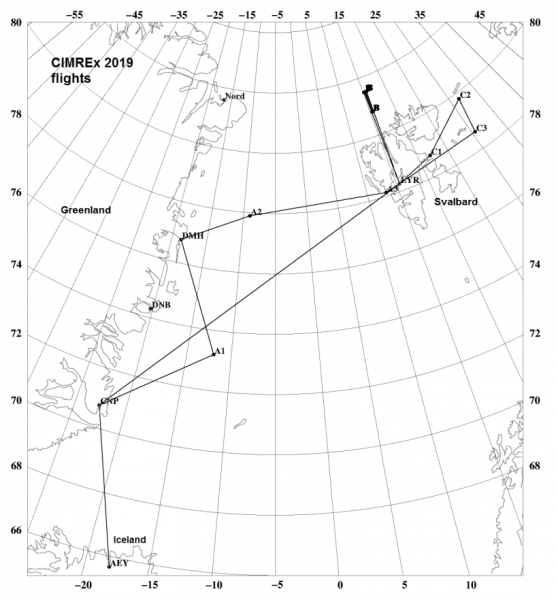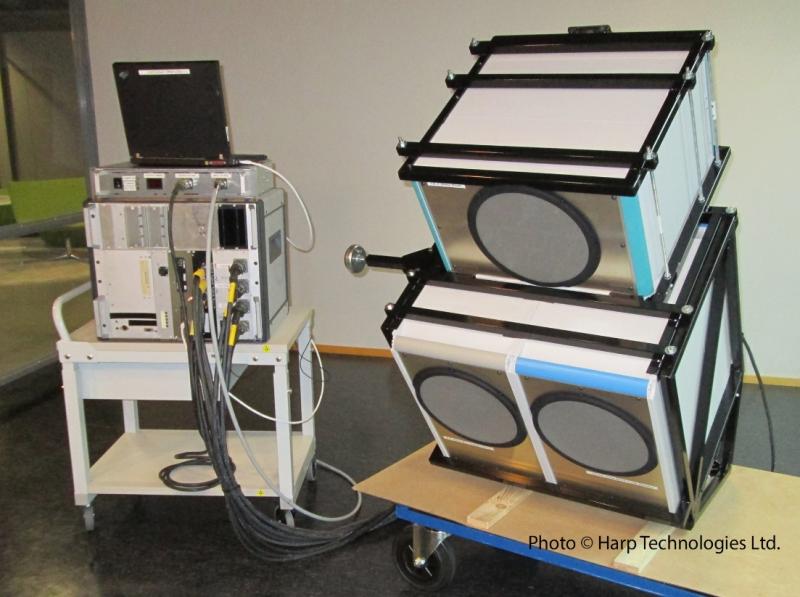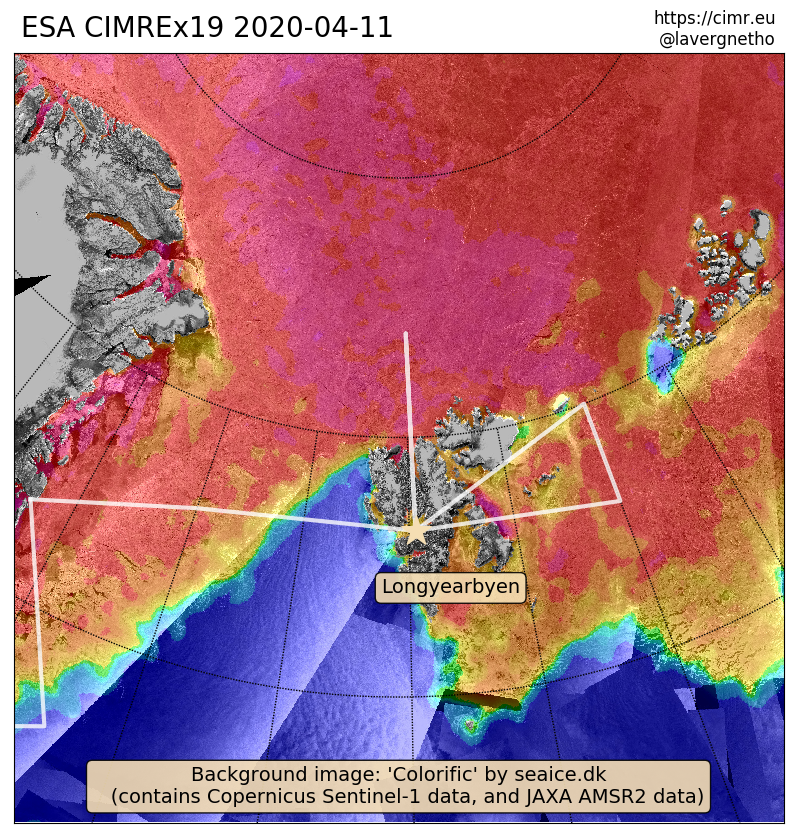To support the Copernicus High Priority Candidate Mission, CIMR, ESA has funded the CIMR Airborne Arctic Campaign CIMRex which will take place in the Arctic region, starting the weekend of the 2 March 2019 in Iceland, and ending in Svalbard on the 9th March 2019 if the weather plays in our favour.
This campaign is designed to collect very high resolution data sets in specific microwave frequencies to be used by CIMR to support the development of new algorithms for Sea ice Concentration and Sea Surface Temperature measurements – the core business of CIMR.

This campaign is a large team effort and dedication involving DTU Space, Aalto University, Harp Technologies, the Finnish Meteorological Institute, University of Bremen, the Danish Meteorological Institute and the Norwegian Meteorological Institute.
The campaign consists of flying a system -called the HUTRAD 2.0, see photo below- which will measure the brightness temperatures of different ice regimes and open water at 3 different frequencies, 6.8, 10.65 and 18.7 GHz, corresponding to the C, X and Ku/K microwave frequency bands. Documenting the brightness temperatures at these different frequencies for the open water, first year ice, multi-year ice -for example- will provide valuable quantitative reference information to the future CIMR spaceborne mission, and on-going simulation studies.

The HUTRAD2.0 payload will fly on a Twin-Otter aircraft from Norlandair, a sturdy airborne platform used several times in past ESA campaigns. HUTRAD 2.0 will be tested for the first time after an in-depth refurbishment at the beginning of the campaign in Iceland. Following the test flight, the Twin-Otter carrying part of the CIMRex team will head on to Svalbard on the 3/4th March, making measurements along the east Greenland coast over the sea-ice tongue that stretches along the coast. The team is expected in Longyearbyen a couple of days later, where it will re-join the remaining team (including myself).
From Longyearbyen, we then have planned the longer 5 hour scientific flights on the following days over the different sea-ice regimes that surround Svalbard.

(courtesy of T. Lavergne, MET Norway)
Much more to come in the next days so keep tuning!
Tânia Casal (ESA Scientific Campaign Coordinator)
Acknowledgements: To Aalto University for supplying the old HUTRAD system, to Harp Technologies for their diligent effort in refurbishing the system in time for the campaign and René Forsberg from DTU Space for the challenging logistic support.
- Log in to post comments
